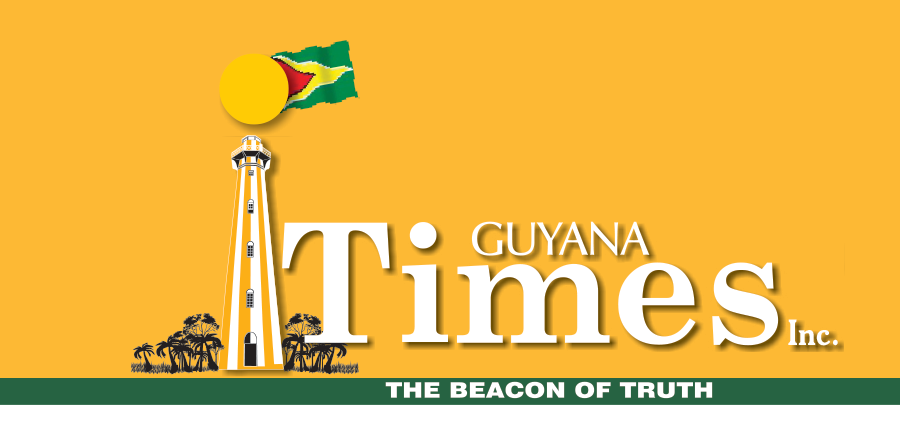In a move to stabilise the local currency market, the Bank of Guyana has injected a substantial US$35 million into the banking system on Thursday. Vice President Dr. Bharrat Jagdeo confirmed this intervention during his weekly press conference, as the country grapples with an ongoing shortage of foreign currency that has been affecting businesses and trade.
“We study the market, monitor the balance in all the banks, and assess any imbalances that may arise between the flow of currency and the demand for it,” Jagdeo explained. “Today, the Central Bank intervened by releasing US$35 million into the market. This intervention is precisely timed to smooth out any mismatches between currency supply and legitimate demand,” he added.
The US$35 million injection is part of a broader strategy to ensure that businesses and consumers have access to the foreign exchange they need to conduct international transactions. However, Jagdeo emphasised that the government’s actions are not arbitrary but calculated with caution to avoid potentially destabilizing effects on the economy.
“While we have the capability to release as much foreign currency as necessary, we must be careful about how much we inject into the system. Excessive foreign currency can lead to an appreciation of the local currency, and that is something we must avoid,” Jagdeo warned.
An appreciation of the Guyanese dollar could have serious consequences, particularly for the country’s key export sectors. Jagdeo explained that a strengthened currency could lead to what is known as “Dutch disease,” where an overvalued currency harms non-oil sectors like agriculture and manufacturing, which rely on a competitive exchange rate to thrive.
“If we flood the market with too much foreign currency at once, it can lead to the appreciation of the currency. This is something we’ve seen happen in other countries, and it’s bad for agriculture, bad for manufacturing, and ultimately harmful to the broader economy,” he stated.
This latest intervention comes amid growing complaints from local business owners who have been grappling to access foreign currency for international purchases, with many citing long delays in obtaining the necessary funds. Jagdeo acknowledged the difficulties faced by business owners but reaffirmed the government’s commitment to balancing the need for foreign currency with the long-term stability of the economy.
Jagdeo also reiterated the importance of prudent economic management, noting that while the country’s foreign exchange reserves remain strong, the government must be strategic in managing currency flows to ensure sustainable economic growth.
“We have the ability to put as much currency into the system as needed, but we must do so responsibly and with a long-term view of Guyana’s economic health,” he concluded.
The Central bank has intervened several times in the past to stem the shortage of foreign currency. This follows consistent monitoring of the banking sector.
At the end of 2024, President Dr. Irfaan Ali had noted that the availability of foreign currency in the local banking sector has been fluctuating throughout that year, as the demand for imported products continued to rise.
Ali disclosed that the importation of consumer goods which include food and motor cars grew by 106 percent from 2019 to 2024 while fuel, chemicals and other intermediate goods grew by 160%. Meanwhile, he said there has been a 317 percent increase in credit and debit card usages.
According to the Head of State, the sale of foreign currency to the commercial banks between 2019 and 2024 grew by 1744 percent to help support the growth and expansion to the economy.
Also in December 2024, President Ali had noted that a probe was ongoing into the possible exploitation of foreign currency availability in the local banking sector. “We have to see whether there are other markets that are buying through our system for their markets, and that is something that we are looking at,” he had said.
Discover more from Guyana Times
Subscribe to get the latest posts sent to your email.











